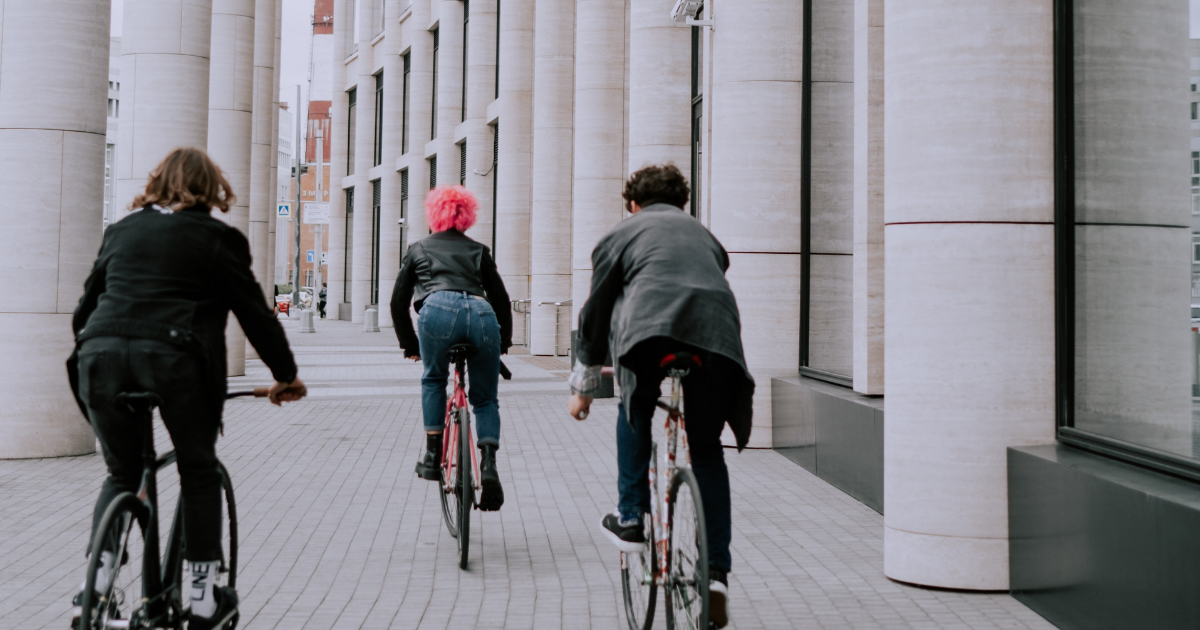If you are a bike enthusiast or a nature lover, you will be happy to hear that New York City is planning to expand its Greenway network, which consists of bike-friendly corridors that connect parks, waterfronts, and neighborhoods. The expansion will add more than 40 miles of new protected bike infrastructure to the outer boroughs, with Queens getting the largest share of the new greenways12.
What are greenways and why are they important?
Greenways are routes that provide safe and convenient access for cyclists and pedestrians to enjoy the city’s natural and cultural resources. They also offer health, environmental, and economic benefits, such as reducing traffic congestion, improving air quality, promoting physical activity, and boosting local businesses.
New York City has an existing network of over 300 miles of greenways, but there are still many gaps and missing links that need to be filled. The proposed expansion will address some of these gaps and create new connections between different parts of the city12.
What are the new greenways coming to Queens?
Queens, the most diverse and populous borough in New York City, will receive two new greenway corridors that will span a total of 23 miles. These are:
- Queens Waterfront: This 16-mile corridor will run along the north shore of Queens, from Gantry Plaza State Park in Long Island City to Little Bay Park in College Point. It will close gaps in existing bike routes and provide access to parks, cultural institutions, and scenic views of the Long Island Sound. It will also benefit residents who are underserved by public transit and have limited green space12.
- Southern Queens: This seven-mile corridor will connect Spring Creek Park in Howard Beach to Brookville Park in Rosedale. It will transform access to John F. Kennedy International Airport (JFK), offering a fast and eco-friendly mode of transportation for the thousands of workers and travelers who use the airport. It will also link to the Jamaica Bay Greenway and other parks in Southeast Queens, expanding the bike network in an area with limited cycling infrastructure12.
How will the new greenways be implemented?
The new greenways will be developed through a community-driven process that will involve input from local residents, stakeholders, and experts. The city will conduct outreach, surveys, workshops, and design sessions to gather feedback and ideas from the public. The city will also collaborate with state and federal agencies, utility companies, and private property owners to ensure the feasibility and sustainability of the greenways12.
The city expects to complete the planning and design phase by 2025, and start construction shortly after. The estimated cost of the project is $200 million, which will be funded by a combination of city, state, federal, and private sources12.
What are the benefits of the new greenways for Queens?
The new greenways will bring multiple benefits for Queens and its residents, such as:
- Incentivizing sustainable action: The new greenways will encourage more people to use bikes as a mode of transportation, reducing greenhouse gas emissions and contributing to the city’s climate goals12.
- Collaboration and knowledge sharing: The new greenways will foster collaboration among different groups and communities in Queens, creating opportunities to share best practices, exchange ideas, and work together towards a common vision12.
- • Accelerating economic recovery: The new greenways will support local businesses along the routes, creating jobs, attracting customers, and increasing revenues. They will also enhance tourism and recreation opportunities in Queens, drawing visitors from other parts of the city and beyond12.
Conclusion
The expansion of New York City’s Greenway network is an exciting initiative that will transform the city’s landscape and lifestyle. By adding more than 40 miles of new bike-friendly corridors to the outer boroughs, the city will create new connections between parks, waterfronts, and neighborhoods. Queens will receive two new greenway corridors that will span 23 miles along its north and south shores. These corridors will improve transportation options, enhance park access, and boost economic activity for Queens residents and visitors. The new greenways will be developed through a community-driven process that will involve public participation and collaboration. The project is expected to be completed by 2027 at a cost of $200 million.
Source: Patch

